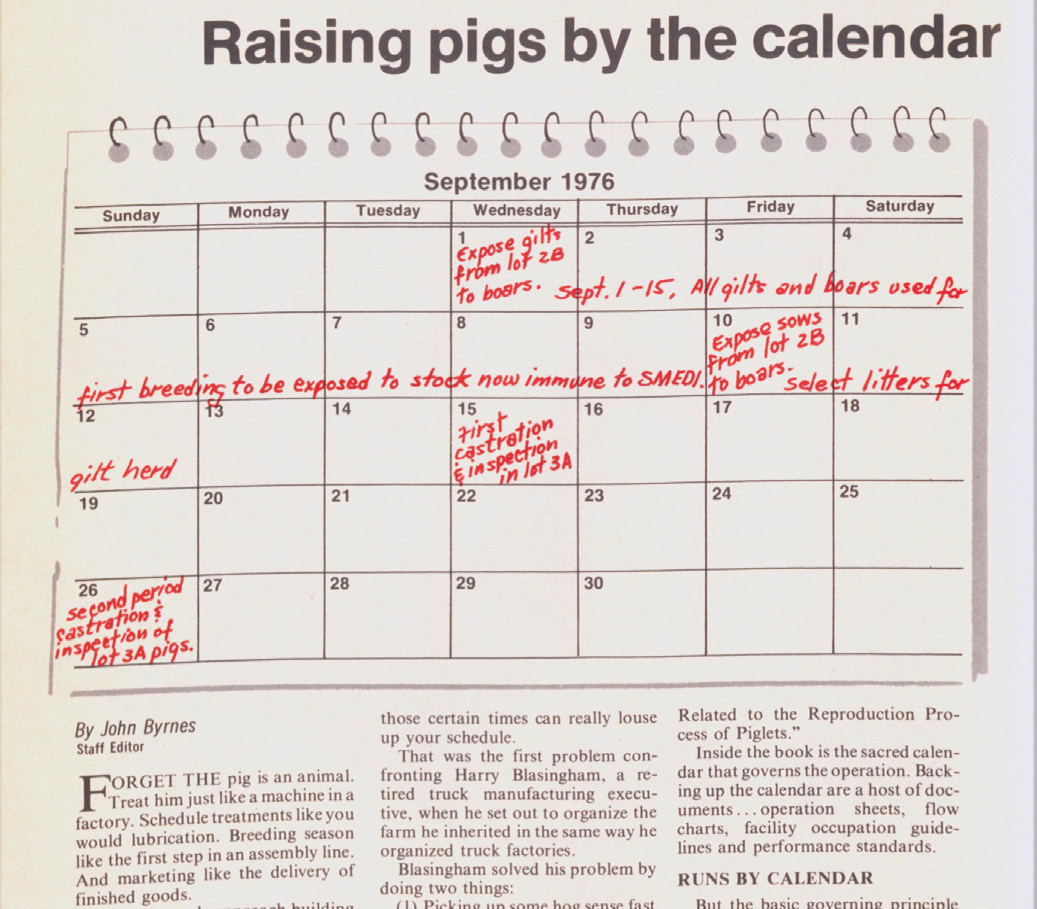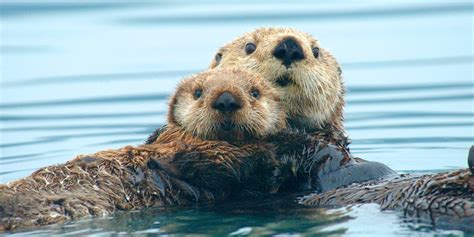EDIT: changed title to reflect that the original place saying the quote was the Hog Farm Management magazine rather than the Washington Post. The photo itself is from an article in the Washington post
Add another reason to the pile in favor of giving up or significantly reducing meat consumption.
Totally agree when the meat is produced by an industrial model. I think there are regenerative models that are [more] sustainable in ecological and economic terms.
It’s unfortunately largely greenwashing. Animal products have a lot of fundamental inefficiency that really can’t be reduced all that much
Plant-based foods have a significantly smaller footprint on the environment than animal-based foods. Even the least sustainable vegetables and cereals cause less environmental harm than the lowest impact meat and dairy products [9].
https://www.mdpi.com/2072-6643/14/8/1614/htm
If I source my beef or lamb from low-impact producers, could they have a lower footprint than plant-based alternatives? The evidence suggests, no: plant-based foods emit fewer greenhouse gases than meat and dairy, regardless of how they are produced.
Plant-based protein sources – tofu, beans, peas and nuts – have the lowest carbon footprint. This is certainly true when you compare average emissions. But it’s still true when you compare the extremes: there’s not much overlap in emissions between the worst producers of plant proteins, and the best producers of meat and dairy.
https://ourworldindata.org/less-meat-or-sustainable-meat
Livestock farmers often claim that their grazing systems “mimic nature”. If so, the mimicry is a crude caricature. A review of evidence from over 100 studies found that when livestock are removed from the land, the abundance and diversity of almost all groups of wild animals increases
How do you keep soil fertility up with no animal inputs?
Largely with the same main fertilizer used today, synthetic fertilizer (and ideally compost as well), but counterintuitively it takes much less synthetic fertilizer due to removing the large amount of feed grown. That’s even compared to using as much manure as possible
Thus, shifting from animal to plant sources of protein can substantially reduce fertilizer requirements, even with maximal use of animal manure
https://www.sciencedirect.com/science/article/abs/pii/S0921344922006528
Synthetic fertilizers are essentially processed oil and we already know what the extraction, transport, processing and distribution of it entails.
Integrated farming, where animals are integral parts of a well planned farm operation present more advantages than drawbacks.
Animals help in manage soil and landscape (by eating plants that can easily out compete or swarm cultivation areas), can combat pests (chickens and other birds will eat pests naturally present in the soil and areate it in the process), provide fertilizer and can even compost and correct it (chickens and pigs can be used to turn manure piles), which implies less machinery employed.
Goats and sheep are superb at managing dry vegetation or any kind of foliage that can present a fire hazard. Pigs are natural soil plowers, capable of removing stones, stumps and deep roots. Chickens are good to level and clear soil, very fast, and excel at keep tree roots clean of weeds. Angola chickens can clear a field from ticks and other potential parasites very fast.
We do have other sources of soil nutrients that do not entail processing oil but the farmers are often not aware or unreceptive to it.
Yes, but it takes less synthetic fertilizer overall at scale per the earlier source even compared to using maximum amount of manure possible
That’s not to mention crop rotation and compost as well which are methods that can still be employed to reduce fertilizer usage further on plant-based systems
The first issue we need to take is using synthetic fertilizer.
We already recognize oil is more of a source of problems than anything else: runaway methane leaks at the wells, soil polution, water polution, spills during transport, high energy consumption for processing, etc.
Manures are already available elements that only need to be reintegrated into the soil.
Composting operations also greatly benefit by having manures added to it (and manures technically require composting before use) as the bacteria from the animals digestive tract help breakdowm the material.
And yes, crop rotation and field management are essential but the more tried and tested techniques and resources we can use to shake away our dependency of oil, the better.
One lesser known source of nitrogen and phosphorous very under used: waste water management plants muds. Many countries are still sending precious resource for landfills.
IDK, they had me at “sausage machine”.
The breeding sow should be thought of, and treated as, a valuable piece of machinery whose function is to pump out baby pigs like a sausage machine.
The creatures outside looked from pig to man, and from man to pig, and from pig to man again; but already it was impossible to say which was which.
You can stop buying industrially produced meat today.
But how am i supposed to enjoy breakfast without my shit eating animal that has never seen the sunlight?
This line of thinking applies not only to individual animals but to how we’re managing our biosphere as well. Humans allocate more land (27%) for ‘livestock’ than any other purpose on this planet: How the world’s land is used: total area sizes by type of use and cover
It applies in many places. After all, H.R. stands for Human Resources, and that doesn’t mean Resources for the Human Workers.
I mean they do that with people, so why not pigs too?
I thought this was an Animal Farm reference about people at first anyway.
This title is a bit misleading, this isn’t the Washington post saying this, they are just reporting a hog farm manager having said this in 1976
Updated the title to clarify. Wasn’t a random hog farm manager, Hog Farm Management is a magazine read by hog farmers.
Here’s the actual magazine page. It’s not as readable so I used an article from the Washington Post talking about that:

Hes not wrong. I’ve worked in a place like that and thats how you think day to day. Nothing wrong with that.
what magic white powder are you on





